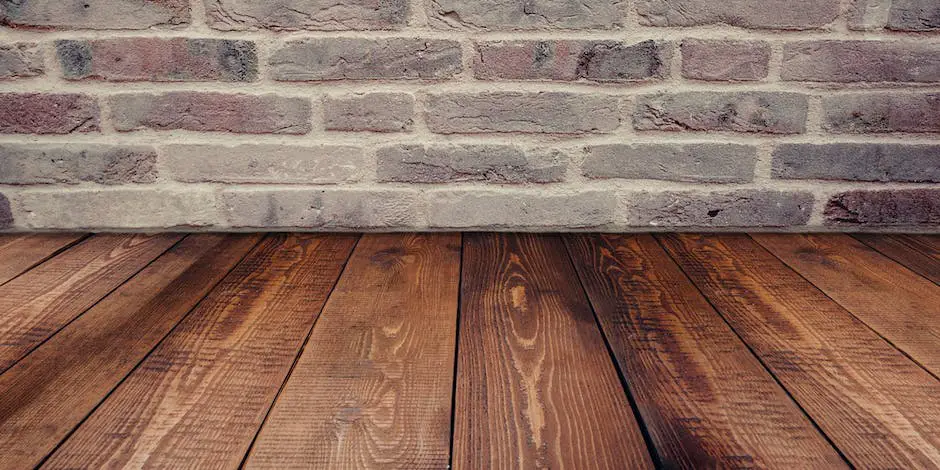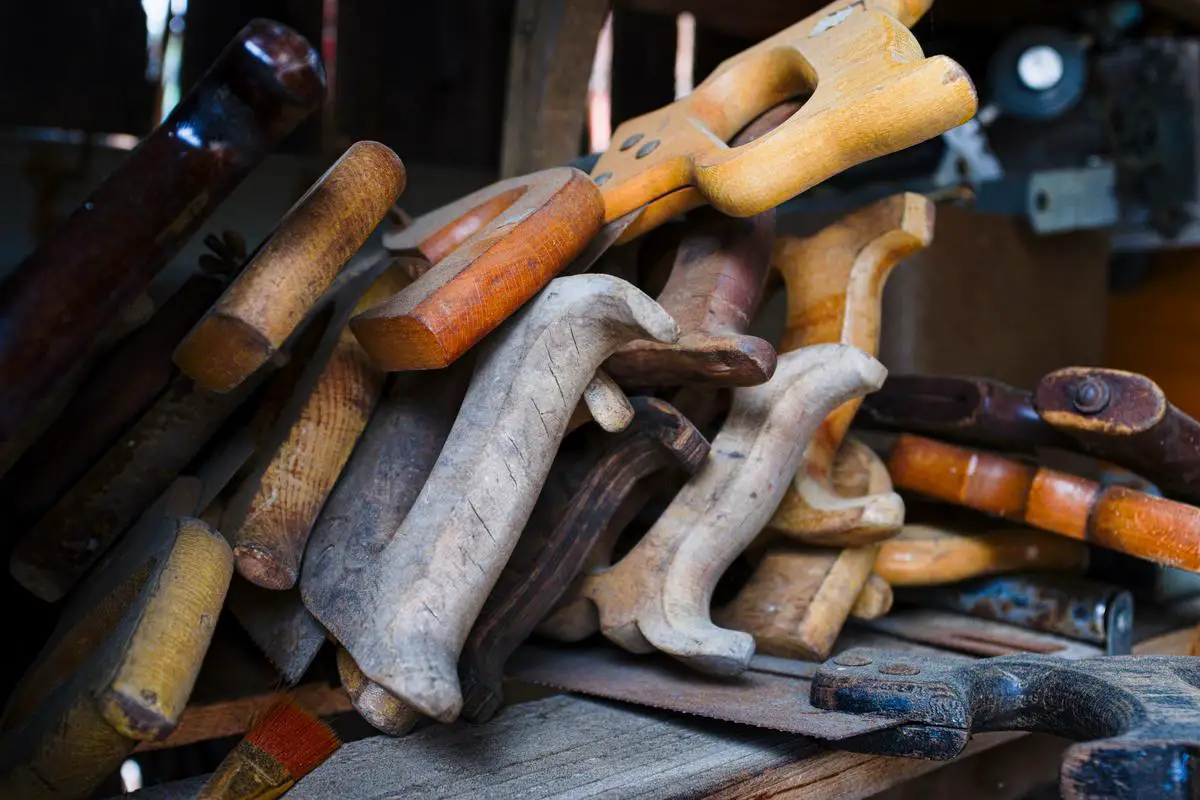Types of Deck Materials
Choosing the Right Deck Materials: Your Ultimate Guide
Dreaming of a perfect deck for backyard barbecues or a peaceful morning coffee spot? Your deck material choice plays a crucial role in the look, durability, and maintenance of your outdoor space. Good news! We’ve done the legwork and gathered all the info you need on deck materials. Let’s dive into your options!
- Pressure-Treated Wood
- Composite Decking
- Cedar and Redwood
- Aluminum
- PVC (Polyvinyl Chloride)
- Bamboo
Income Potential for Your Home’s Value: High
Pressure-treated wood is the go-to for many homeowners. It’s affordable, widely available, and lasts a decent while if you care for it properly. Treated with chemicals to fend off bugs and rot, it’s a solid choice for a classic wood deck without breaking the bank. Keep in mind, it requires annual maintenance like sealing to keep its looks up.
Investment Return: $$$
If low maintenance is your mantra, composite decking could be your soulmate. Made from a mix of wood fibers and plastics, it’s designed to mimic the beauty of natural wood but says “no, thanks” to warping, rotting, or splintering. You’ll spend more upfront, but the savings in maintenance and its long life could make your wallet happier in the long run.
Curb Appeal: A++
For the natural beauty purists, cedar and redwood are your luxe options. These woods have natural oils and tannins that resist pests and decay, and boy, do they look pretty! They’re more expensive than pressure-treated wood but less than composite. Remember, like all beautiful things, they require maintenance to keep their rich colors from fading to a silvery gray.
Unlikely Hero: $$$$
Aluminum decking might sound odd, but it’s a fantastic option. It won’t rot, rust, warp, splinter, or crack. Plus, it’s surprisingly lightweight and cool to the touch, even in hot weather. It’s slip-resistant and requires virtually no maintenance, making it a great, albeit pricier, alternative.
Maintenance-Free Champion: $$$
PVC decking isn’t trying to be wood; it stands out on its own. It’s lightweight, 100% synthetic, and completely resistant to moisture, making it a strong candidate for climates with lots of rain or poolside decks. No staining, sealing, or sanding required here. It comes at a higher price point but offers simplicity and ease.
Eco-Friendly Pick: $$
Last but not least, bamboo decking is making waves as an environmentally friendly choice. Fast-growing and sustainable, bamboo offers a unique look and feels underfoot. It’s fairly durable and resistant to insects, but like wood, it requires some upkeep to maintain its beauty.
So, what’s the best deck material for you? Consider your budget, how much maintenance you’re willing to do, and the look you’re going for. Whether it’s the natural allure of wood, the hassle-free charm of composites, or the unique qualities of aluminum or PVC, there’s a deck material out there that will make your outdoor space shine. Happy decking!

Finding Budget-friendly Decks
Electric skateboarding has taken the world by storm, blending the thrill of skateboarding with the convenience and eco-friendliness of electric mobility. As the demand for electric skateboards surges, many enthusiasts are on the hunt for affordable decks that don’t compromise on quality or performance. Finding that perfect deck that meets your budget and riding style might seem daunting, but fret not! We’ve got the insider tips to guide you towards the best deals on electric skateboard decks.
The Quest for Affordable Electric Skateboard Decks
Electric skateboard decks are the backbone of your ride, influencing everything from durability to how the board responds to your movements. While the market is flooded with a range of options, not every deck will fit your wallet or riding needs. Here’s how you can snag a fantastic deal without breaking the bank.
- Dive into Online Marketplaces
- Explore Local Skate Shops and Thrift Stores
- Tap into the Skateboarding Community
- DIY Kits and Components
- Seasonal Sales and Promotions
Embarking on the quest for an affordable electric skateboard deck requires a mix of savvy shopping, community engagement, and sometimes a bit of luck. Whether you’re browsing online marketplaces, exploring local shops, diving into the DIY world, or waiting for the next big sale, there’s a deck out there that fits your budget and your skateboarding dreams. Hit the pavement and enjoy the ride, knowing you’ve snagged a sweet deal on your electric skateboard deck. Happy skating!

DIY Deck Building and Customization
Embarking on the journey of building your own deck, be it for leisurely afternoons or as an exhilarating component of your electric skateboard, brings to light numerous considerations beyond just the materials. Let’s dive deeper into the realm of deck-building, ensuring you’re well-equipped to turn this ambitious project into a satisfying reality.
Foundation and Structural Integrity
Before the aesthetics and materials entice you further, understanding the foundation is crucial. The strength of your deck rests literally on your groundwork. For traditional decking, this means secure footings—often concrete—that anchor it firmly against all odds, be it wind or weight. Similarly, in the context of electric skateboards, the chassis serves as the groundwork. Ensuring it’s built to handle vibrations and stress is paramount.
Design and Planning
Designing your deck is where creativity meets practicality. When conceptualizing, consider the deck’s purpose. Is it an extension of your living space or a dedicated area for barbecues? Maybe it’s a high-speed base for your electric skateboard adventures. This stage is about envisioning the layout, dimensions, and features like railings or ramps. Leveraging design software or sketching can help visualize and tweak your plan to perfection.
Permits and Regulations
Navigating the bureaucratic waters of permits and regulations might seem daunting but is essential for legal compliance. Most regions have specific codes related to deck construction, including height, structural support, and railing specifications. Similarly, electric skateboard modifications might be subject to local laws regarding motorized vehicles. Checking with local authorities or homeowners’ associations can save you from future headaches.
Selection of Tools and Equipment
The right tools transform daunting tasks into manageable ones. For deck building, this ranges from saws for cutting your chosen material, drills for assembly, to more specialized tools like a planer for ensuring smooth finishes. Electric skateboard enthusiasts might require soldering equipment for electronics assembly or tools for customizing components. Remember, investing in quality tools pays dividends in efficiency and safety.
Assembly and Construction
With plans and materials at the ready, the assembly phase is where your project takes shape. For traditional decks, begin with the frame, ensuring each joist and beam is precisely placed and secured. For electric skateboards, starting with the deck and gradually incorporating electronic components allows for systematic progress. Throughout this process, patience and attention to detail are your best allies.
Finishing Touches
Finishing entails more than just aesthetics; it’s about protection and longevity. For wood decks, choosing the right sealant can defend against the elements and wear. On the electric skateboard front, ensuring all electronics are properly insulated and secured can prevent malfunctions and extend the life of your build.
Maintenance
Your deck, be it wood or electric, demands ongoing care. Regular inspections for signs of wear, timely repairs, and consistent cleaning can keep it in peak condition, ensuring safety and extending its lifespan.
Building your own deck, whether for leisure or as a thrilling component of your electric skateboard, is a rewarding endeavor that blends creativity, planning, and craftsmanship. By considering each facet of the process and approaching it with diligence, you can achieve not just a functional structure but a testament to your DIY spirit. So, grab your tools and let the journey begin!

Maintenance to Extend Deck Life
Maintaining Your Electric Skateboard Deck: A Simplified Guide
Owning an electric skateboard isn’t just about zipping through the streets and having the time of your life; it’s also about being a responsible owner. That means taking good care of your skateboard deck, which, let’s be honest, is the heart and soul of your ride. The better shape it’s in, the smoother your ride and the longer your board lasts. So, let’s dive into the nitty-gritty of keeping your deck in top-notch condition without making it feel like a chore.
First off, cleanliness is key. Think of your skateboard deck as your smartphone screen; you wouldn’t want it all grimy, would you? Regular wiping down of the surface with a soft cloth and mild detergent can work wonders. It’s like giving your board a mini spa day. Be gentle, though; harsh chemicals or abrasive scrubbers are a big no-no as they can damage the deck’s surface and graphics.
Next up, let’s talk about moisture – electric skateboard decks aren’t fans. Water can seep into the wood or materials, causing them to warp or deteriorate over time. After every ride, especially on damp days or through puddles, make sure to thoroughly dry off your board. It’s like drying off your pet after a bath; it might not love it, but it’s for the best.
Now, onto the topic of storage. Just like you wouldn’t leave your pet out in the cold, don’t store your electric skateboard in extreme temperatures or direct sunlight. This can cause the deck material to weaken or even crack. Find a cool, dry spot in your house where your board can rest and recharge its batteries, quite literally if it has them.
Here’s a tip that might sound a bit out there: applying a protective sealant. Think of it as sunscreen for your skateboard. A light layer can help protect against scratches, moisture, and UV damage. There are products specifically designed for skateboard decks, so you don’t have to worry about slathering your board in something it won’t like.
Lastly, regular inspections are crucial. Just like you’d check your car before a long trip, give your board a once-over regularly. Look for cracks, splinters, or any signs of wear and tear on the deck. Catching these issues early can prevent more serious damage down the line. And remember, if you’re ever in doubt or find a problem that seems out of your league, consulting a professional is the way to go.
Keeping your electric skateboard deck in great shape isn’t rocket science; it’s more about regular care and paying attention to the little things. By following these simple tips, you can ensure that your board stays reliable, safe, and fun to ride for years to come. So, gear up, take care of your deck, and keep riding high!


